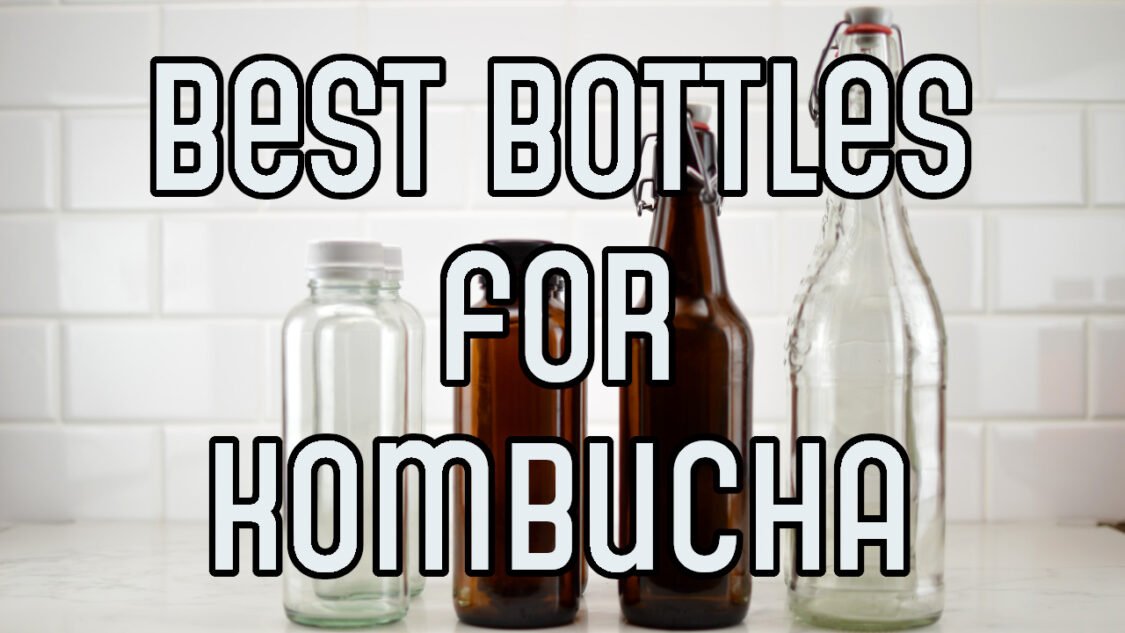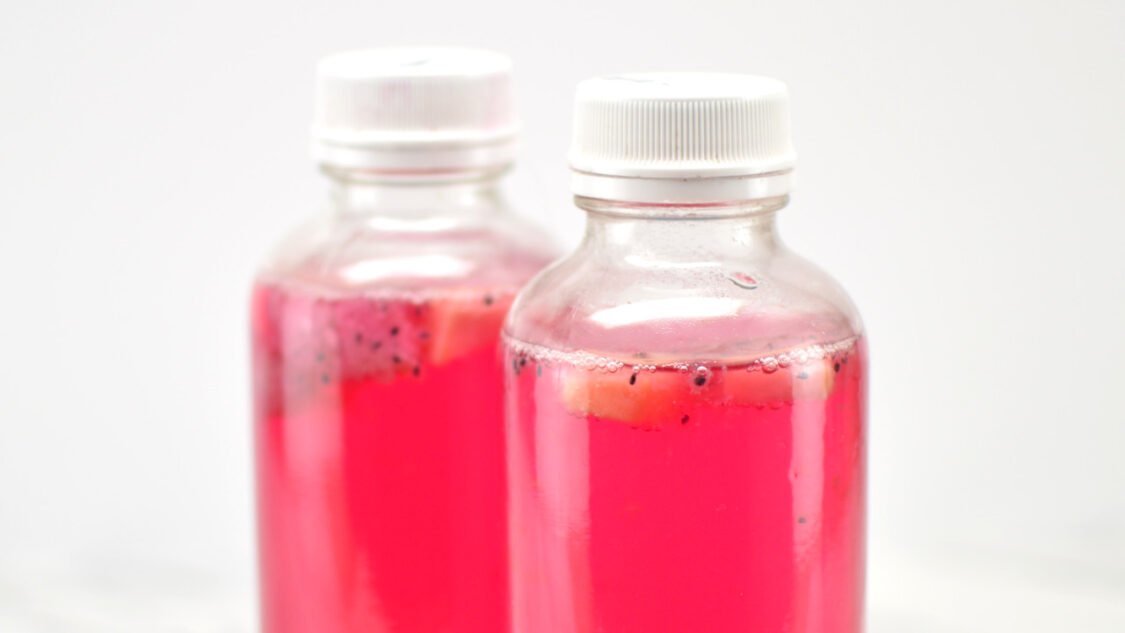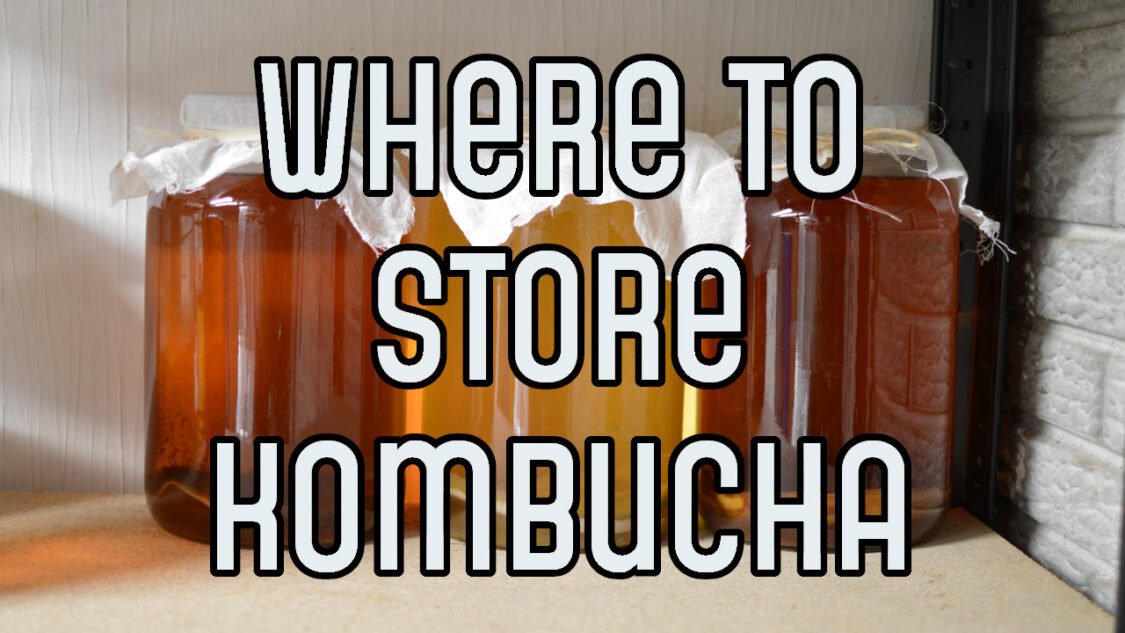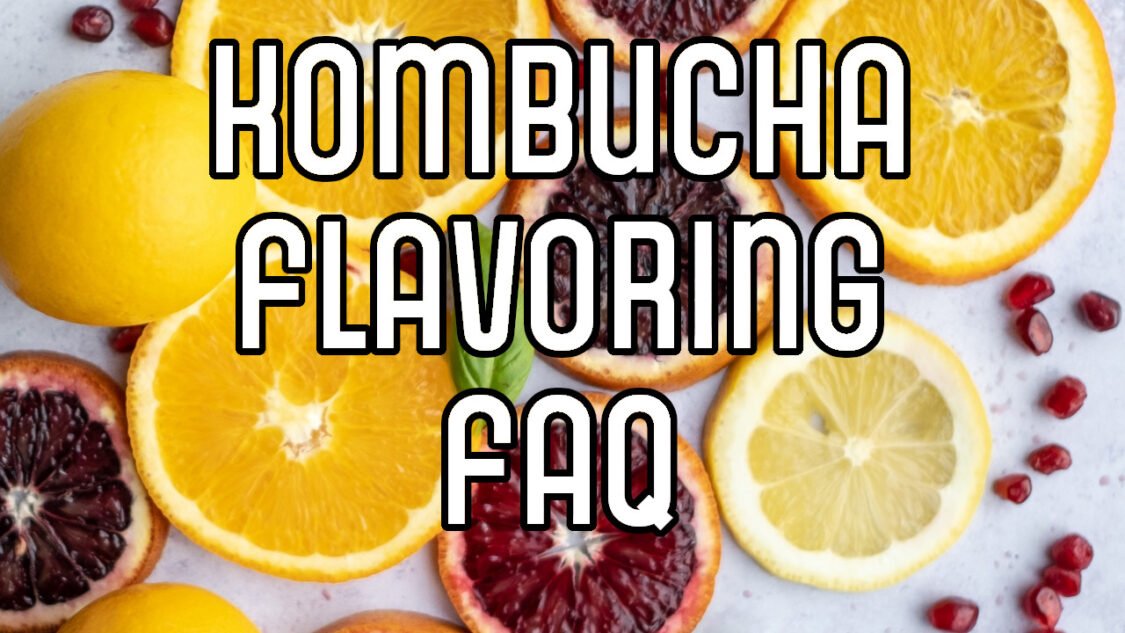Best Bottles for kombucha
While your kombucha is fermenting, it’s time to determine what you will serve it from. This post breaks down the best bottles for kombucha

You invested the time researching and brewing your hand crafted kombucha. When it comes time to bottle it you want to use the best bottles for kombucha that you can find.
Recall that during primary fermentation you add the sweet tea and SCOBY to large-mouthed jar with a breathable covering.
For the secondary fermentation you add flavors and carbonate the kombucha by transferring it to fermentation-grade bottles and sealing them. The closed environment taps carbon dioxide (CO2) and creates carbonation in the liquid resulting in an effervescent beverage!
WHY YOU NEED GOOD BOTTLES for kombucha
Short answer: carbonation. It’s important to use the right type of bottle for carbonation and serving your kombucha. The right bottle will keep all of the carbonation inside and keep your kombucha fresh while holding up to the pressure the CO2 created during secondary fermentation exerts against the bottle.
Using the incorrect bottle could lead to a bottles bursting which creates a mess and can also be dangerous. Related: kombucha too fizzy and kombucha not fizzy
What makes a good KOMBUCHA BOTTLE?
Does Kombucha bottle color matter?
Characteristics of good kombucha bottles
Glass: The most popular material amongst kombucha (and home) brewers. Glass does not react with the kombucha (as metals could ), is scratch resistant (unlike plastic), easy to clean, and doesn’t contain potentially hazardous compounds (such as lead in ceramic, BPA in plastics, or heavy metals in metal).
You can use ceramic or porcelain in brewing just be sure that it is food-grade first.
Air Tight: In order to carbonate kombucha, the bottles need to be airtight. Flip or swing top bottles are known for creating an airtight seal due to the rubber gasket .
Pressure resistant: The yeast consume the sugar and produce CO2 which becomes the carbonation. This carbonation creates pressure within the bottles (leading to the distinct sound when you open them).
You want to ensure the bottles you use for carbonating can withstand the pressure. Bottles. These bottles typically have thicker glass, stronger caps and are designed for higher pressure. Any bottle that can contain 58 psi or greater is ideal.
Size: The size of kombucha serving bottles is an individual choice. Bottles range from 8-32 ounces, perfect for a single serving to sharing with family or friends. Larger bottles are easier to fill and transport but they will lose some carbonation after opening if not consumed in within a day.

Best bottles for kombucha
- Recycled 16 oz wide mouth twist cap bottles – save bottles from store-bought kombucha, remove the labels with hot water and goo-gone and re-use those. for your kombucha. Bottles from Costco (Kirkland), GTs Living Foods Synergy and Kevita are our favorite. After a couple batches you might want to invest in upgraded caps for these bottles. Bonus points for recycling!
- 16 oz Swing Top Glass Bottles – these bottles are another good option for kombucha. They are the perfect size for consuming in one day, durable to resist the pressure of carbonation and seal well. Find them here (affiliate link ↗)
- 32 oz Swing Top Glass Bottles – These bottles hold about 4 servings of kombucha (4 cups) and are easier to fill and move around since there are fewer of them per batch. One downside of larger bottles is the kombucha inside will lose carbonation to the “head space” aka air inside the bottle making it a little less effervescent. Find them here (affiliate link ↗)
- 16 oz Grolsch-style swing top bottles These are the most premium bottle available, they are sturdy to resist carbonation and seal well. You may be able to buy Grolsch beers from your local beverage store and re-use the bottles for kombucha after enjoying the beer!
- Boston Round – These bottles are available in a wide variety of sizes if you prefer to have your kombucha in a smaller portion size. You can buy 8oz or even 16oz (and more) (affiliate links ↗)
BOTTLES TO AVOID for Kombucha
Poor quality or thin walled bottles can dangerous for carbonation if the pressure in the bottle exceeds what the bottle can withstand. If you feel you’ve already used bottles that are too thin you can keep them in a closed cabinet or empty cooler to prevent broken glass and a mess of kombucha and fruit from going everywhere.
Use caution when moving to the refrigerator and opening (I’ve used oven mitts)
General types of bottles to avoid:
• Decorative, colored glass that’s not meant to hold liquids
• Flip-top bottles from IKEA
• Square bottles (the shape doesn’t lend itself well to handling pressure and makes it more prone to explosions)
• Recycled beer bottles aka Crown-capped Beer Bottles – Most beer bottles are not designed to withstand the higher pressure of kombucha and are therefore subject to bursting
• Plastic bottles – plastic is porous and easily scratched and can house unwanted bacteria
• Metal bottles / cans – Metal should be avoided, as the acidity of your kombucha could react with it and cause toxic compounds to leach into your brew.
• Crystal and non-food grade ceramic – these bottles often contain lead which will leach into your kombucha
• “Ornamental” bottles – these are great for holding chilled water and non-carbonated beverages but not designed to hold the pressure of a kombucha fermentation
Mason jars – are not great for brewing kombucha, as they aren’t truly air tight

Check your caps
Good sealing caps are important to the quality and freshness of your kombucha. You should periodically check the caps or gaskets on the bottles you are using to ensure they are not cracked or dried out. Here are some great options for replacement caps and gaskets:
Polycone aka Polyseal Caps – Polycone caps have a conical liner fixed to the inside of the cap. While these caps cost a bit more, you don’t have to worry about losing the liner or having mold/bacterial grow between the liner and cap.
F217 Caps – These like basic black or white caps. These caps have a thin liner made of foam sandwiched between plastic inside the cap. These caps are easy to get a great seal due to the foam; however, over time the liner will get deformed and lets liquid between the liner and cap where mold can grow.
Common cap sizes:
Both Polycone and F217s come in a variety of sizes. The cap size numbers can be decoded as follows:
- The first number refers to the internal diameter of the cap in millimeters
- The second number is the thread pattern inside cap, indicating what type bottle top it will fit.
28/400: Fits Boston Round and Health-Ade bottles. Here are some great 28/400 Polycone caps (affiliate link ↗)
38/400: Fits Stout, Ring-Neck, GT (Synergy) and Kevita bottles. Here are some great 38/400 Polycone caps (affiliate link ↗)
Helping you learn to brew kombucha, find inspiration for new kombucha flavors and use kombucha to make kombucha mocktails




